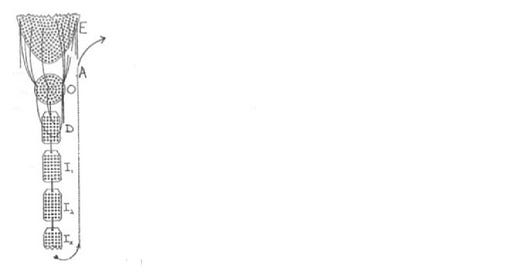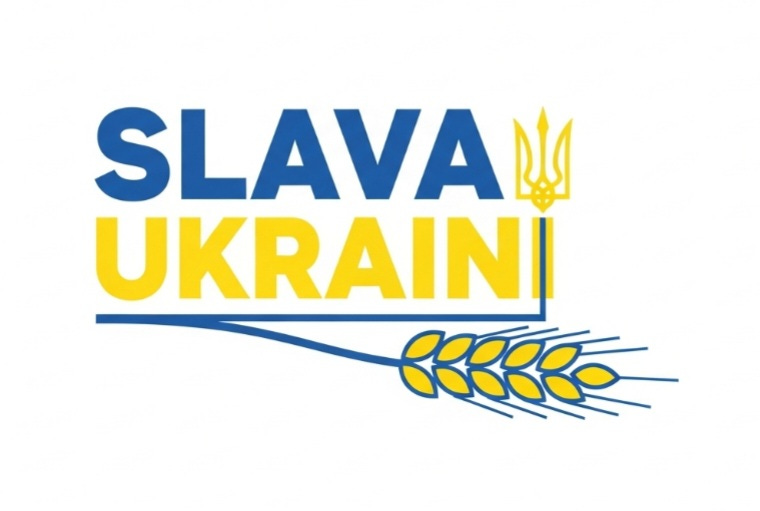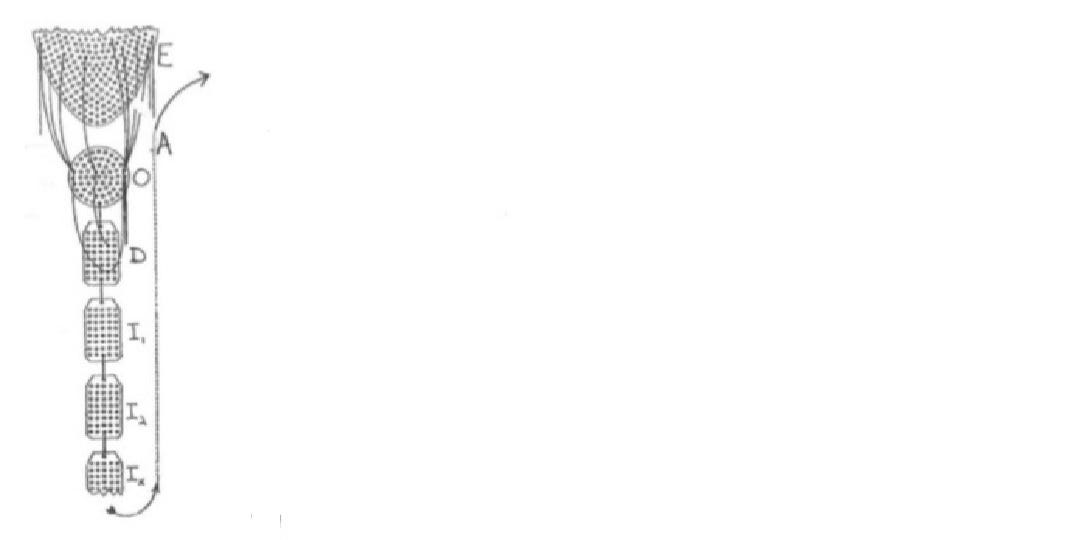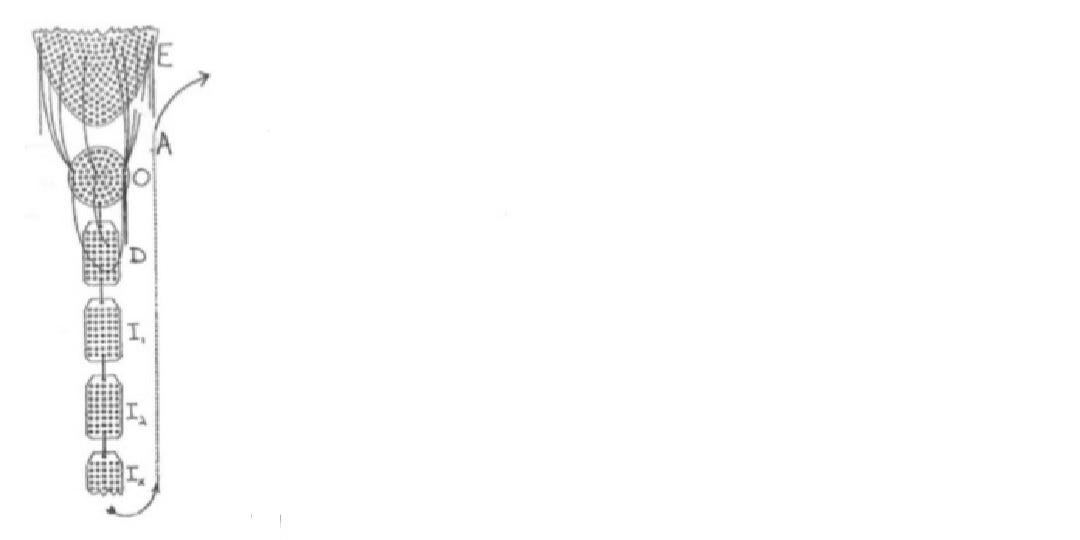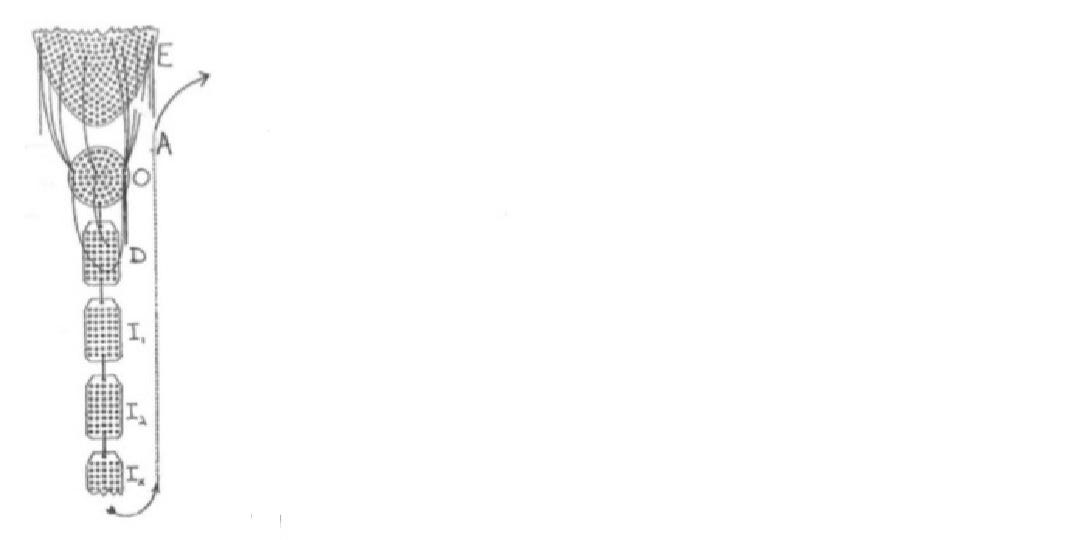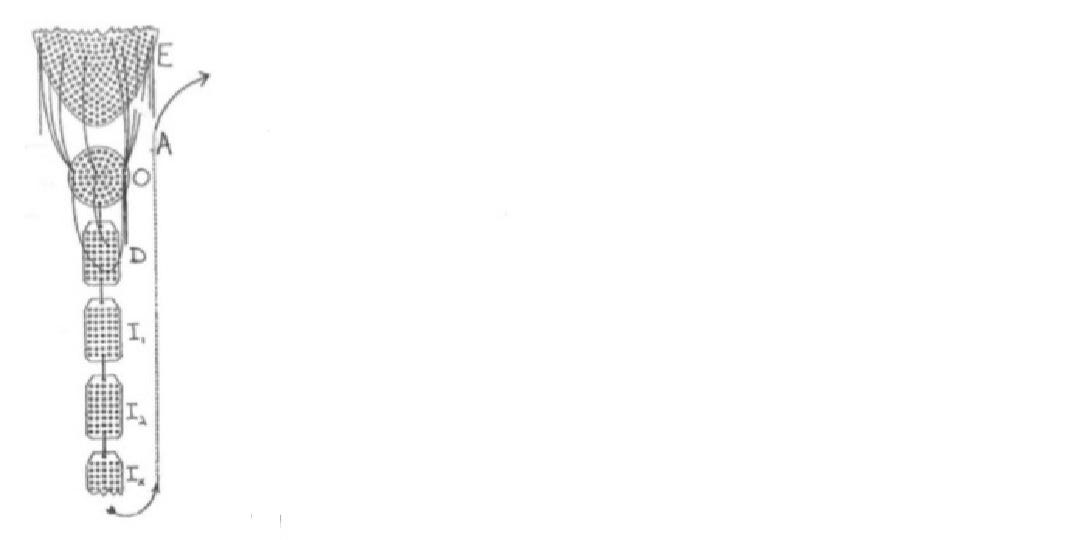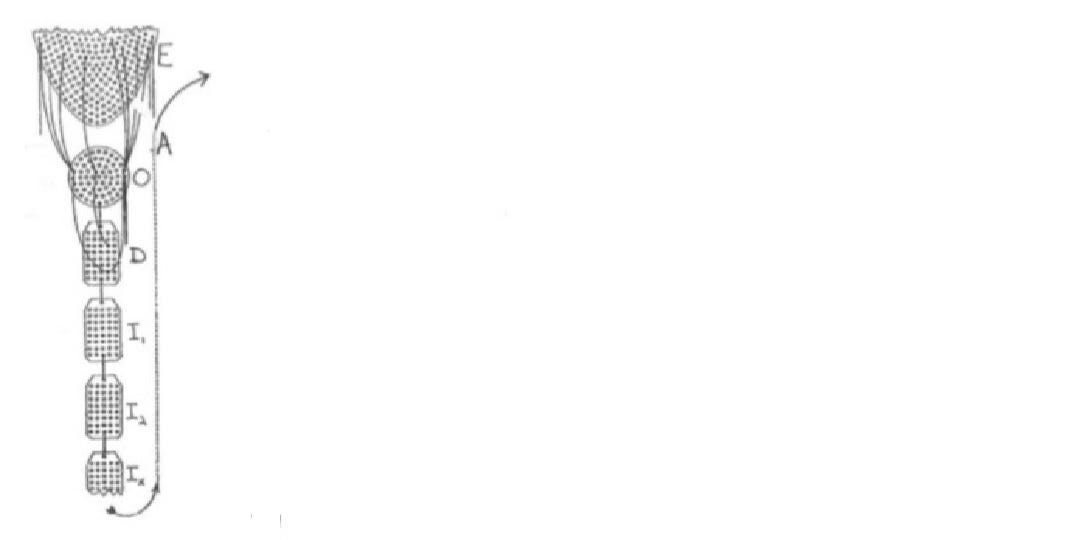Degrees of Freedom: Alfred Korzybski, Willard Gibbs, and the Semantic Structure of Human Liberation
[1]
Degrees of Freedom: Alfred Korzybski, Willard Gibbs, and the Semantic Structure of Human Liberation
— by JVS / timebinder / 6.22.2025
[Note: ,. = etc.]
Preface: Toward a Conscious Time-Binding Civilization
We live in a world increasingly defined by acceleration: more information, more opinions, more complexity. Yet we face a paradox—despite all this data, our collective ability to evaluate, cooperate, and act with clarity seems to be regressing. Why?
General Semantics, pioneered by Alfred Korzybski, provides one of the most powerful—yet underutilized—frameworks for answering this question. At the heart of his work lies a concept that may be more relevant now than ever: conscious time-binding—our uniquely human ability to abstract, transmit, and refine knowledge across generations with awareness and responsibility.
In one of his final papers, Korzybski warned that we speak far too "glibly" about freedom, never considering Willard Gibbs’ foundational concept of degrees of freedom—a structural view of possibility that, when applied to human systems, offers a rigorous framework for understanding what freedom actually is, and what constraints make it meaningful.
This project, Degrees of Freedom, aims to examine that insight in full semantic depth:
What does “freedom” mean when we structurally evaluate it across systems—physical, biological, social, political, and cognitive?
What are the limits of abstraction and what are its liberatory possibilities?
What does it mean to bind time consciously—not just to pass on knowledge, but to pass it on well?
---
The Mission: Conscious Time-Binding Excellence
This series proposes that we can and must evolve beyond semantic confusion, reactionism, and abstract dogmatism toward something more precise:
a life-practice of conscious time-binding excellence.
Not a slogan. Not a single definition. But a generative framework. To develop it, we’ll explore a model built around five interrelated aspects—each a critical component of human semantic evolution.
---
The Five Aspects of Conscious Time-Binding Excellence
1. Semantic Clarity
> Practicing extensional, structure-function language; reducing confusion by avoiding identification, absolutism, and emotional verbalism.
2. Evaluational Methodology
> Embracing the experimental, non-finalist spirit of science—"let’s try, let’s see"—to update mental models and evaluate better across contexts.
3. Ethical Transmission
> Recognizing that we don’t just pass on facts—we pass on habits of evaluation, moral frames, and epistemic trust. Excellence demands conscious, responsible transmission.
4. Systems Thinking
> Seeing how degrees of freedom emerge from constraints—how individuals, cultures, and ecologies shape and are shaped by structures.
5. Geometric Progression of Sanity
> Designing semantic environments (media, education, policy) that amplify conscious evaluation across generations—so that sanity doesn’t merely survive, it scales.
---
Together, these five aspects form a meta-disciplinary grammar for humanity's next evolutionary leap: from inherited abstraction to consciously evolved evaluation. Each post that follows will build on these aspects—some directly, others implicitly—toward a rigorous reframing of Korzybski’s legacy as a guide for navigating the multidimensional crises of our era.
Let us proceed not as abstractors of slogans, but as architects of meaning.
Let us bind time—consciously.
—
JVS / timebinder
June 2025
For all time-binders, past and future
---
Post 1: Freedom as Semantic Trap and Time-Binding Corruption
From the series: Degrees of Freedom – by JVS / timebinder / 6.22.2025
---
Introduction
In the final months of his life, Alfred Korzybski composed what would be his last scholarly contribution: “The Role of Language in the Perceptual Processes.” In it, he wrote:
> “We speak so glibly about ‘freedom,’ never considering Willard Gibbs’ degrees of freedom on which all our advance depends.”
This deceptively simple line distills one of Korzybski’s most enduring critiques: that modern civilization is semantically undisciplined. Words like ‘freedom’ have become emotionally loaded triggers—used in political theater, marketing, and ideology—yet they often lack structure-function clarity.
Korzybski’s point is not merely about verbal abuse—it’s about evaluational failure. When we uncritically pass on vague abstractions, we degrade the semantic environment future generations must inherit. This is the crisis of unconscious time-binding.
---
The Empty Vessel of Freedom
The word ‘freedom’ is among the most widely used in human culture—and also one of the least examined. In its vague state, it becomes a semantic trap, a carrier of emotions and untested assumptions:
Politicians invoke ‘freedom’ to justify surveillance, war, deregulation,.
Advertisers use ‘freedom’ to sell cars, cosmetics, tech,.
Protesters across ideologies wield the term—each meaning something different.
But ask: Freedom from what? Freedom to do what? Under what conditions? At what cost to whom? Without structural grounding, the term mutates into identification—a way to signal tribal alignment rather than inquire into actual circumstances.
Korzybski labeled this “glibness”: speaking at higher levels of abstraction with no referent to lower-order empirical structure. In his framework, this is semantic pollution—noise, not signal.
---
Freedom and Time-Binding Failure
The misuse of “freedom” has not just caused individual confusion—it has shaped the arc of entire civilizations. Examples:
▪ The American Revolution
“Freedom from tyranny” coexisted with the institution of slavery. The term “liberty” became semantically split—freedom for some, subjugation for others. This contradiction embedded a semantic fracture into the nation’s founding identity, one that still haunts its time-binding transmission.
▪ The French Revolution
The cry of liberté was powerful—yet its lack of structural grounding enabled semantic collapse into chaos. The revolution devoured itself because “freedom” was never operationalized in concrete social systems.
▪ 20th-Century Ideologies
Fascism and Communism both promised “true freedom”—but their actual structures delivered censorship, repression, dehumanization,. Words masked mechanisms. Abstractions replaced evidence. Sanity failed.
Each of these examples demonstrates not just ideological breakdown, but generational failure of semantic hygiene. The very evaluational tools passed on were poisoned by verbal absolutism and identification, reducing future possibilities rather than expanding them.
---
Conscious Time-Binding Requires Structural Freedom
To speak meaningfully about freedom, we must stop treating it as a floating abstraction and start analyzing it as a structural concept.
That means:
Indexing: freedom₁ in politics ≠ freedom₂ in physics ≠ freedom₃ in child development,.
Dating: freedom as understood in 1776 ≠ freedom as needed in 2025
Contextualizing: What constraints make this freedom possible?
Functionalizing: What does this type of freedom actually allow or restrict?
In Korzybski’s vision, language is not a mirror of reality—it is a map. And maps are only useful when their abstractions correlate with the structure of the territory. A bad map misguides. A vague word like “freedom,” used without structure-function evaluation, becomes a semantic hazard—a distortion passed down generationally.
---
Toward Liberation Through Semantic Discipline
True freedom is not the absence of constraint—it is the skillful navigation of constraints. It is the recognition of which variables we can change, and under what systemic conditions.
This will be the guiding theme of the next post, as we shift from this critique of abstraction to an exploration of how Willard Gibbs’ scientific rigor provides a structural foundation for rethinking freedom—not as a slogan, but as a measurable set of possibilities within constraints.
When Korzybski invoked Gibbs, he was calling us to a higher discipline:
Not to speak about freedom, but to think with freedom—as a structural reality, not a rhetorical ghost.
That is the beginning of conscious time-binding excellence.
—
JVS / timebinder
Post 1 – Degrees of Freedom Series
June 2025
URGENT: Russia, Spain react to US strikes on Iran
US attacks on Iran’s nuclear sites are a “flagrant” breach of international law, says Russia...
“The irresponsible decision to subject the territory of a sovereign state to missile and bomb attacks, whatever the arguments it may be presented with, flagrantly violates international law, the Charter of the United Nations, and the resolutions of the United Nations Security Council,” Russia’s Foreign Ministry said in a statement.
“We call for an end to aggression and for increased efforts to create conditions for returning the situation to a political and diplomatic track.”
Thank you for your voice,. Please share
Expel Russian Federation from UN
---
Degrees of Freedom: Alfred Korzybski, Willard Gibbs, and the Semantic Structure of Human Liberation
[2]
Degrees of Freedom: Alfred Korzybski, Willard Gibbs, and the Semantic Structure of Human Liberation
Post 2: Willard Gibbs and the Architecture of Constrained Possibility
Degrees of Freedom: Alfred Korzybski, Willard Gibbs, and the Semantic Structure of Human Liberation
[3]
Degrees of Freedom: Alfred Korzybski, Willard Gibbs, and the Semantic Structure of Human Liberation
Post 3: The Neurological Substrate of Semantic Freedom
Degrees of Freedom: Alfred Korzybski, Willard Gibbs, and the Semantic Structure of Human Liberation
[4]
Degrees of Freedom: Alfred Korzybski, Willard Gibbs, and the Semantic Structure of Human Liberation
Post 4: Semantic Hygiene as Time-Binding Responsibility
Degrees of Freedom: Alfred Korzybski, Willard Gibbs, and the Semantic Structure of Human Liberation
[5]
Degrees of Freedom: Alfred Korzybski, Willard Gibbs, and the Semantic Structure of Human Liberation
Post 5: Degrees of Freedom in Human Systems – A Structural Analysis
Degrees of Freedom: Alfred Korzybski, Willard Gibbs, and the Semantic Structure of Human Liberation
[6]
Degrees of Freedom: Alfred Korzybski, Willard Gibbs, and the Semantic Structure of Human Liberation
Post 6: The Temporal Architecture of Conscious Time-Binding

